All the Answers
Well-known member
How much does it cost to buy the same 10 products in Spain, the US, Mexico, Argentina, Colombia and Peru - Infobae

Source:

Cuánto cuesta comprar los mismos 10 productos en España, EEUU, México, Argentina, Colombia y Perú
Este medio relevó una canasta seleccionada de bienes para encontrar particularidades en las góndolas de cada país. Cuáles son los más caros para los turistas y cuáles para sus propios ciudadanos
March 20, 2024
This medium surveyed a selected basket of goods to find particularities on the shelves of each country. Which are the most expensive for tourists and which for their own citizens?
By Agustin Maza
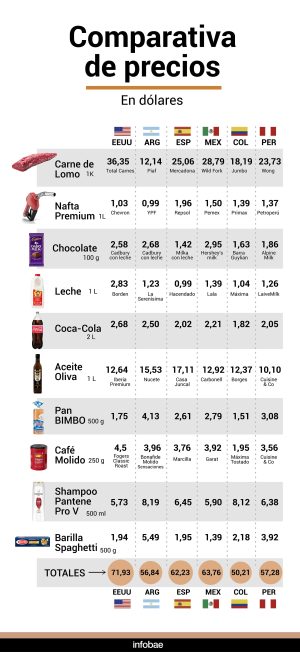
Searching for the most convenient price for everyday purchases is a common experience around the world. Beyond the cultural differences and particular consumption of each country, there are products common to almost all markets that allow us to find similarities and, based on them, detect differences in terms of costs and income in each of them.
That is why Infobae carried out a price survey on a chosen basket of 10 items in large supermarket chains, butcher shops and other businesses in the United States, Argentina, Spain, Mexico, Colombia and Peru.
To make comparisons, the choice of brands with a presence in all these markets was privileged. In other products, either because there are no equivalent brands or because local alternatives were more relevant, it was decided to prioritize the national offer.
Some of the brands surveyed, present in all countries, were Pantene in the case of shampoo, the ubiquitous Coca Cola , Bimbo in the case of table bread and also Barilla noodles . The main companies were used for fuel.
More local, however, tend to be brands of milk, ground coffee and chocolate. Therefore, in this case it was decided to look for equivalence in the product rather than in the brand. To measure the price of loin, for example, butcher chains such as Total Carnes in the United States and PIAF in Argentina, or supermarkets such as the Jumbo chain in Colombia, Wong in Peru or Mercadona in Spain were chosen.
The chosen basket included beef tenderloin, chocolate, a liter of milk, a bottle of soda, olive oil, table bread, ground coffee, shampoo and Italian noodles.
The tour yielded different results when converting the local price to dollars:
- US : USD 71.93
- Mexico : USD 63.76
- Spain : USD 62.23
- Peru : USD
- Argentina: USD 56,84
- Colombia: USD 50,21

Table bread was one of the selected products. (Illustrative image Infobae)
But for the residents of each of those places, the price itself has no major relevance if income is not taken into account . To find a point of comparison, then, an easily accessible source of data was chosen, the Numbeo platform that collects prices and salaries in almost the entire world.
To facilitate calculations, the measurements of the products were compared. For example, in three of the markets gasoline is sold by the gallon and in the other three by the liter. The comparison was made per liter. Also, when no equivalent containers were found, it was decided to select the closest one in terms of weight or capacity, so as not to affect the price with savings due to scale.
USA
The combination of these data makes the first curiosities come to light. For example, although the US is the most expensive market to buy the basket chosen by Infobae , at the same time, it is also where the expenditure necessary to acquire it is the lowest in terms of the average salary. Just a little less than 1.6% of the average monthly income of USD 4,555.29 estimated by Numbeo.Still, Americans suffer from prices. The consumer price index (CPI) of the United States rose to 3.2% in February in an interannual rate, while compared to the previous month it increased 0.4%, above what analysts expected and well above the 2% target set by the Federal Reserve (Fed) .
Most of the increase, 60%, is attributed to the increase in housing and gasoline prices, and the energy value index grew 2.3% compared to January, while food remained almost unchanged. changes, as reported by the Bureau of Labor Statistics (BLS) .
However, within the exercise as planned and in terms of international prices, the US appears as the least convenient country for fans of barbecues, barbecues and barbecues. With USD 36.35 per kilo of loin. Of course, once again, income is key and has a very small weight in the American pocket. At the other extreme, it has one of the cheapest prices per liter for premium gasoline: USD 1.03, only above Argentina.
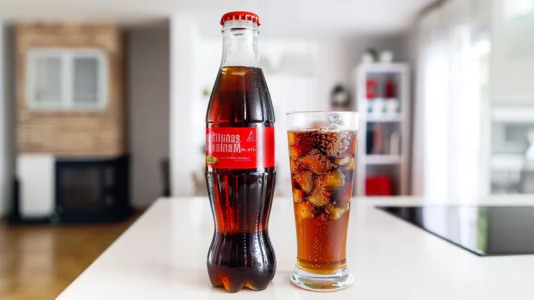
Coca Cola, a global product, shows few price variations in dollars from one country to another (Illustrative image Infobae)
Peru
On the other hand, with a cost of USD 57.28 for the total basket surveyed, Peru appears as a fairly economical destination—within the limits of this exercise, of course—for an international traveler. But at the same time it is presented as extremely uncomfortable for its own citizens: this purchase consumes, according to Numbeo numbers, more than 14% of the monthly income in dollars, which averages USD 401.67 in the source consulted.Regarding the products surveyed, this exercise found that Peru has the lowest price for olive oil, with USD 10.10 per liter for the Cuisine & Co. brand. At the other extreme, it does not stand out for topping the list of the most expensive in any of the goods in the basket. Just above average for Bimbo table bread and somewhat above, also, for the price of Barilla noodles.
Peruvians also suffer from the rise in prices. The last inflation report in Peru, from February 2024, was 0.56%, the highest figure in 10 years for that month. This is explained due to the high temperatures that affected poultry products (chickens) and the readjustments in drinking water and domestic gas rates. With this monthly data, the interannual inflation rate went from 3% to 3.30%, escaping the target range established by the Central Reserve Bank (between 1% and 3%).
Regarding projections, according to the latest BCR survey, all economic agents (analysts, financial system and non-financial companies in the country) maintain an inflation expectation in the target range for this year, standing at 2.75%, 2.60 % and 3.00% respectively. For a short forecast, prices are expected to converge to their target in April 2024.
After the pandemic, the increase in prices of various products hit Peruvian households hard. Food remained very high , even reaching double digits (13%) during 2022 until mid-2023.
Colombia
The cheapest of all these markets from the point of view of international prices ended up being Colombia , within the terms of this survey, with a cost of USD 54.10 in total. But that cost compares to the lowest average dollar salary in the sample, $376.08 average according to Numbeo, making it equivalent to more than 14% of that income .
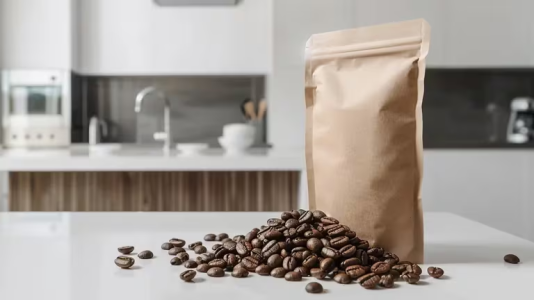
Colombia, predictably, is the country that pays the least for coffee (Illustrative image Infobae)
Regarding specific prices, Colombia stood out in this survey for the lowest value of coffee , something that goes well with what common sense would have expected from this power in terms of production of that crop. The Máxima Tostado brand surveyed was found at USD 1.95 for 272 grams (its presentation is 250 grams, but the value was converted to adapt it to the trial). Farther than expected at first glance, the 2 liters of Coca Cola were also the cheapest in the survey, with a cost of just USD 1.82.
Curiously, at the other end, the Pantene shampoo highlighted as expensive, at USD 8.12 per 500 milliliters. But availability may have influenced this case because the same type of product was not found, although the brand was.
Annual inflation as of February in Colombia was 7.74% and projections show that at the end of 2024 it will be between 4.8% and 5.7%. The increase in prices is one of the fundamental issues for the country's economy, not only because it affects the population but because it always becomes a political debate.
Argentina
Argentina is another of the markets in which the local price appears economical in international terms and very expensive compared to income . The cost of USD 56.84 represents more than 13% of the average salary of USD 415.89 estimated by the crowdsourcing platform .In the Argentine basket - for which a free exchange rate of $1,030 was taken - the second most expensive price per liter of olive oil stands out, Nucete brand at USD 15.53, and the highest cost of Barilla spaghetti, at USD 5.49 per 500 grams, which, since it is an imported product, may be reflecting in its price the country's difficulties in foreign trade. Also worth mentioning is the most expensive Bimbo bread of all, at more than USD 4 per 500 grams.
At the other extreme, a kilo of PIAF loin is, by far, the cheapest in the sample at USD 12.14 according to this survey. Also a liter of gasoline, at just USD 0.99 in the premium variant from YPF, the largest fuel dispensing company in the country.
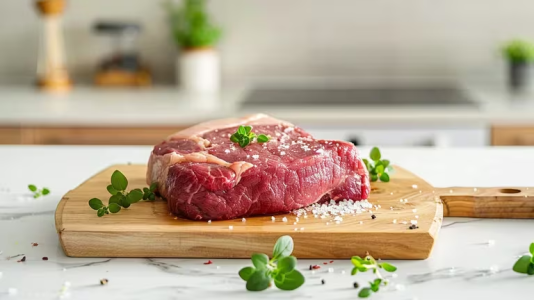
The cheapest price in dollars for meat was found in Argentina (Illustrative image Infobae)
All in all, price dynamics in Argentina are complex. The country once again recorded the highest year-on-year inflation in the world in February, above Lebanon and Venezuela . Last month there was an increase in consumer prices of 13.2% and 276% in one year, according to the National Institute of Statistics and Censuses (Indec) .
In December, the country's monthly inflation had been 25.5% after the impact of the 54% devaluation that the Government of Javier Milei decided a few days after taking office. Going forward, a decreasing trend is expected but with a CPI at high levels due to the recomposition of relative prices, such as public service and fuel rates, which had been “frozen” by the previous administration.
Spain
In third place in terms of its cost in dollars was the Infobae basket in Spain. It was valued at USD 63.33. The average salary of USD 1,907.81, according to Numbeo, means that although it is among the most expensive baskets in international terms, it is at the same time a series of prices that are quite affordable for Spanish consumers themselves : barely 3.31% of the average monthly income.When it comes to looking for particularities, the only European country in the sample “wins” in terms of the price per liter of gasoline . It is the most expensive place in the survey to fill the tank, with a value of USD 1.96 at Repsol gas stations , far above the average of USD 1.37 shown by the values of the six countries. Also, curiously, Casa Juncal olive oil is the most expensive, at USD 17.11 per liter.
Regarding internal price dynamics, things seem to be improving little by little for the Spanish. After years complicated by the pandemic and the impact of the war in Ukraine on fiscal and monetary policies, inflation moderated in line with the rest of Europe. In fact, according to the latest data published by the Bank of Spain, it is expected to be 2.7% in 2024, six tenths less than what was estimated in December, but until 2025 it will not drop to the around 2% that the European Central Bank.
This more pronounced decline in inflation is a consequence of lower energy prices and the extension of some measures, such as the reduction in VAT on food until June and free public transport for all of 2024. However, they have surprised the Unprocessed food inflation rises due to the drought and the inertia of services, which refuses to decline.
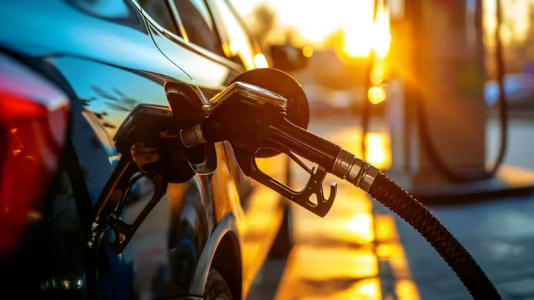
Spain is the country with the highest fuel prices, within the sample (Illustrative image Infobae)
News related to inflation has been losing strength in Spain since prices have moderated, but during 2021 and 2022 they were in focus. There, an anti-crisis decree has been approved and extended on numerous occasions, the last in January 2024, which is what has generated the most interest in citizens as they benefit and what the media news has also focused on.
Mexico
Although by a very small margin, Mexico was in terms of more expensive prices if we stick to this basket of 10 products selected by Infobae , with a value of USD 63.76 in total. That's from the point of view of a traveler. With an average salary equivalent to USD 785.85, meanwhile, making this purchase in a business would mean that its residents would invest more than 8% of its value.Within this small sample, among the Mexican prices, that of Italian Barilla noodles stands out at USD 1.39, the cheapest among the six markets. At the other extreme, a liter of premium gasoline draws attention for being expensive, at USD 1.50 at Pemex, only surpassed by the value of Repsol in Spain.
The Mexican National Institute of Statistics and Geography (INEGI) reported that February inflation closed with a slight increase of 0.09% as shown by the National Consumer Price Index compared to January. In year-on-year figures, the general INPC was 4.40 percent.
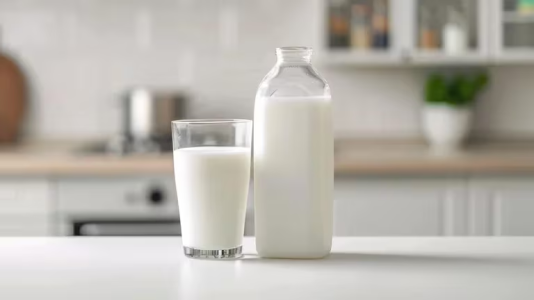
Milk, between USD 0.99 and 2.83, depending on the prices of each country (Illustrative image Infobae)
The Citibamenex expectations survey, in which it consults financial groups and banks, indicates that 2024 is expected to close with an inflation of 4.14 percent. In the specific case of March, a monthly increase of 0.35 percent is estimated.
Mexico began the year with a stable price in the basic basket, according to the report of the Federal Consumer Prosecutor's Office (Profeco) after monitoring. Therefore, since June 2022, the 24 essential products that Mexican families consume the most have been below the national consumer price index.
Information regarding food prices in the country remains at the center of the national media, mainly when it comes to daily consumption products related to agriculture such as the price of lemon, tomato, avocado, rice, flour. or beans, whose increases have accelerated since last November.
What will come
Most of the countries surveyed have already been able to overcome the crisis generated by the pandemic - which was reflected in a drop in the level of activity and a rise in inflation - except for Argentina, which will register this year the worst combined result of these two factors. within the G20.With a tailwind for most of the world, global inflation is expected to be lower than in 2023 and a slow but sustained decline in interest rates. We will have to wait how much, how and where this macroeconomic phenomenon will impact the relevant factor of private consumption.


